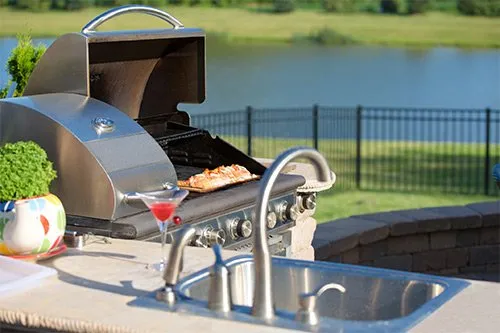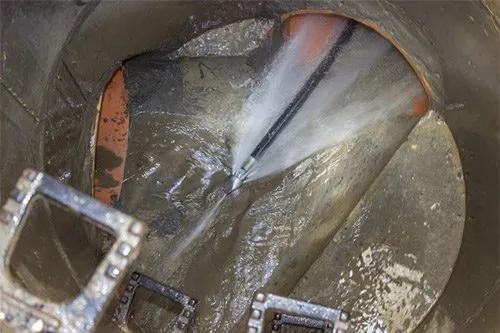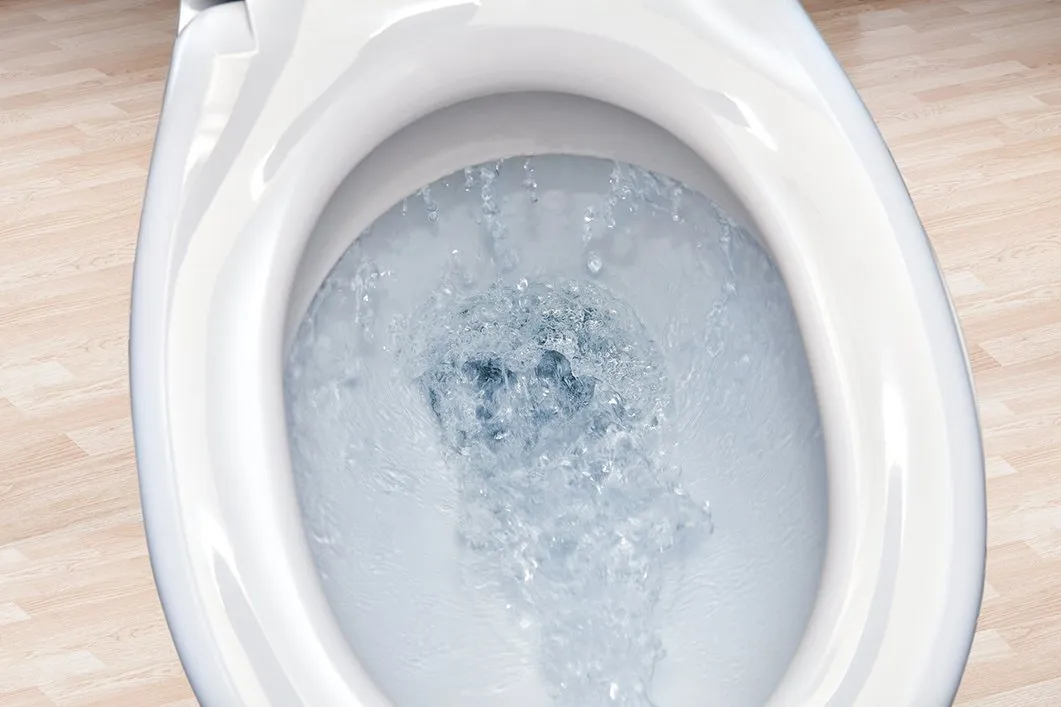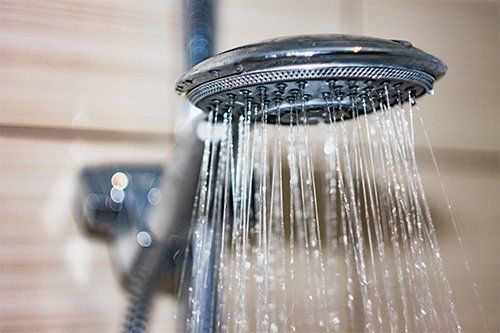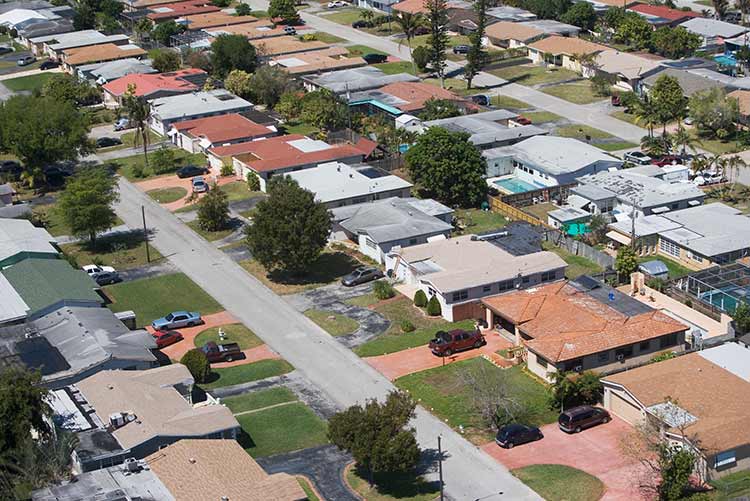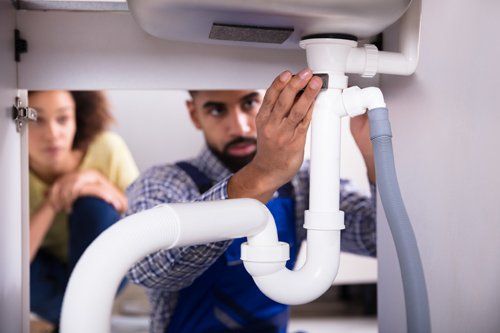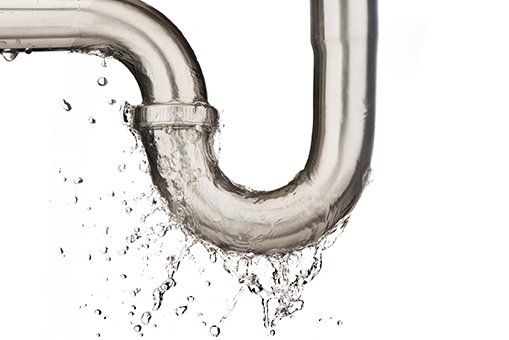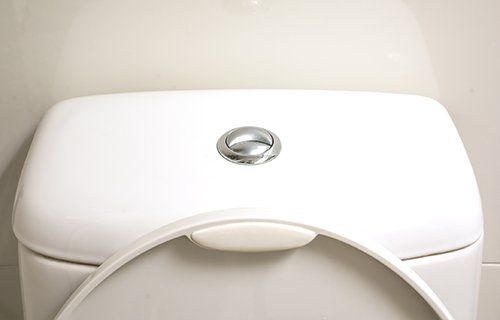Don't Get Mad, Get Moody!
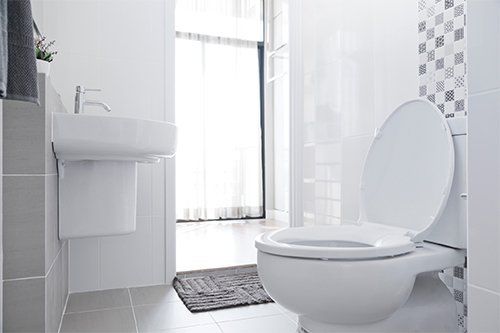
Of all the seats in your home, the toilet is probably the one that you can't live without. Few things are worse than realizing that your toilet will not flush. A malfunctioning toilet can interfere with the removal of waste from your home. This can create a serious inconvenience and leave your family exposed to harmful biological waste.
Before you panic at the first sign of a failed flush, try one of the following easy fixes to get your toilet working properly once again.
1. Clear Any Clogs
The most common reason why a toilet won't flush is because the drain line is clogged.
Clogs can occur for many reasons. Hard water can leave mineral deposits that build up on the interior wall of your pipes. These deposits restrict the flow of water and waste. Foreign objects can also become trapped in the drain line and prevent your toilet from flushing properly.
You can try using a flange plunger to dislodge the clog. A flange plunger is equipped with a cup that will help you create a tight seal over the drainage hole in your toilet's bowl. Use forceful up and down movements to push air through the drain. If you are unable to clear the clog on your own, you will need a plumber to clean the drain line.
2. Check the Flapper
Another reason your toilet might be failing to flush is a worn flapper. The flapper is located inside the tank of your toilet. When you depress the handle of your toilet, you are actually lifting the flapper away from the drainage hole in the tank.
A proper seal is required between the flapper and the drainage hole for a toilet to flush efficiently. Over time, the rubber cup of the flapper can become warped. Lift the lid of your tank and visually inspect the flapper for any signs of warping, cracks, or other damage. Replace the damaged flapper to restore your toilet's flushing capabilities.
3. Evaluate the Overflow Tube
he overflow tube plays a central role in the efficiency of your toilet's flush. The water that is in the tank empties into the bowl when you depress the handle. This water helps get the flushing process started, but more water is needed to complete the flush. The tank begins to refill as soon as it is emptied, which happens quickly once you flush.
Some of the water that begins to refill the tank is directed into the overflow tube. From here, the water is emptied directly into your toilet bowl. This provides the additional water necessary to complete each flush cycle properly.
Overflow tubes are usually made from a hard plastic material. This type of plastic can begin to deteriorate if you have hard water. The overflow tube can also crack and begin to leak. If you see evidence of damage when evaluating your overflow tube, this tube will need to be replaced quickly to ensure you can efficiently flush your toilet in the future.
No homeowner wants to deal with toilet troubles. A toilet that will not flush properly can be a real nuisance. Fortunately, these problems are usually easy to fix. You can try using a plunger, replacing the flapper, or installing a new overflow tube to correct the problem.
If these fixes don't work, an experienced plumber can do more in-depth troubleshooting to identify the source of your toilet troubles. Contact Moody Plumbing, Inc., if you are experiencing problems with your toilet. We can help you keep your plumbing system in working condition and ensure that your toilet will flush reliably in the future.

Contact Information
4100 Nw 120th Ave Coral Springs, Florida 33065 United States
OFFICE Hours
- Mon - Fri
- -
- Sat - Sun
- Closed
Emergency Services Available
Payment Options






